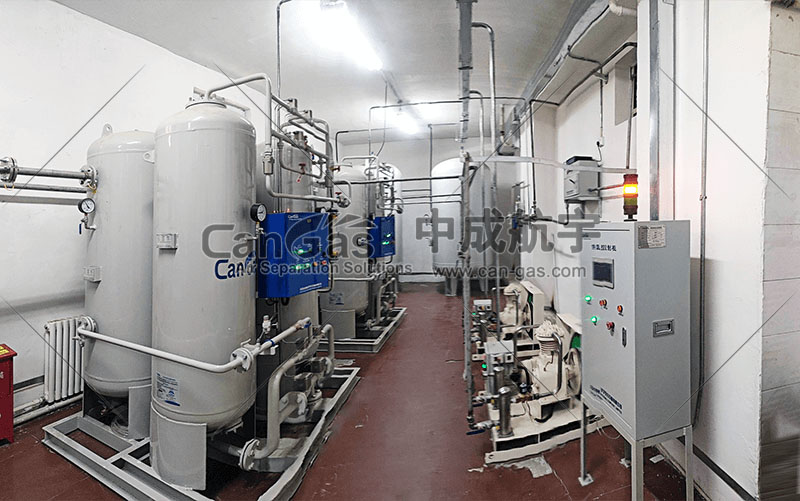How to choose the oxygen generator for the hospital without stepping on the pit
ReturnIn modern medicine, the quality of the oxygen supply system in the medical center is directly related to the health and even the life of the patient. Therefore, the requirements for the mainstream medical gas supply should be safe, reliable, easy to manage, and low in cost; and the three should be met at the same time.
1. Safe and reliable
Early medical oxygen was mostly bottled oxygen or bagged oxygen, which involved handling and storage, and there may be a risk of oxygen leakage; while the medical center oxygen supply system mostly chose the PSA oxygen generator as the oxygen production source, and the oxygen was taken as it was produced. In the process of transportation and storage, uninterrupted supply is realized with guaranteed quality and quantity, and there is no need to worry about oxygen leakage and waste. At the same time, the product oxygen will be heavily filtered and delivered to patients through medical-grade pipelines; it can be said that once the PSA oxygen generator is set up and connected correctly, it can ensure the safe and continuous use of oxygen.
2. Easy to use and manage
Because the medical PSA oxygen generator is equipped with a remote control system, it is convenient for the manager to view and monitor the operation of the equipment in real time online 24 hours a day. And it can be started and shut down by remote control equipment. The medical gas terminal should also be equipped with a medical equipment belt, gas terminal and walkie-talkie, which is convenient for users to plug and play.
3. Low operating cost
The operating cost of the PSA oxygen generator includes oxygen production costs, equipment maintenance costs and equipment management personnel costs. But in fact, except for the initial investment of the PSA oxygen generator, the subsequent operating costs are relatively low. For example, the main cost of oxygen production is electricity; the remote monitoring system can save manpower on duty and save manpower. Cost: The equipment does not require much maintenance during operation, and the molecular sieve can be replaced once every 5-8 years. Generally speaking, the hospital's investment in the medical oxygen generation system can obtain a return on investment within about 2 years.


